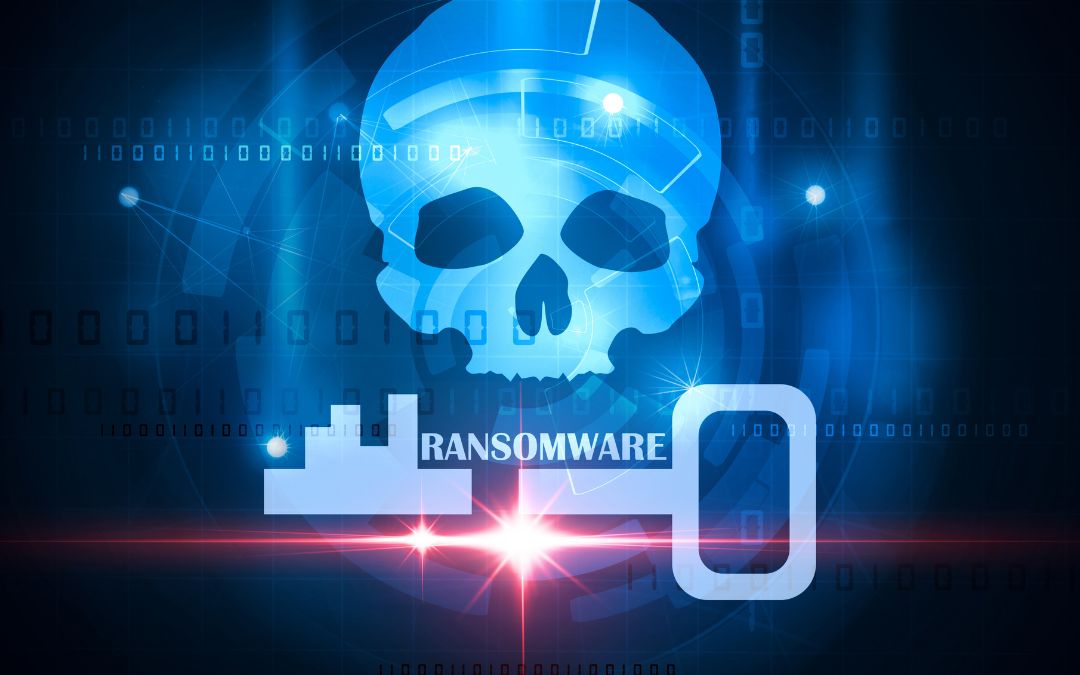
Staying current with software is not just a matter of keeping up with the latest trends—it’s a necessity for the security, efficiency, and overall success of your business. The pace at which technology advances is staggering. With new, faster hardware hitting the market, legal changes, leaps in internet speed, and shifts in user expectations, it’s crucial to understand why software ages and what the implications might be
The Aging Process of Software
Software doesn’t just ‘get old’; it’s left behind by a tide of innovation and change. The introduction of cutting-edge hardware, for instance, can render older software incompatible or inefficient. It is worth mentioning that today’s software updates, also called feature updates, are more frequent and automatic, often occurring in the background without user intervention. Additionally, modern updates tend to be more focused on security patches, bug fixes, and feature enhancements, driven by continuous development and agile methodologies. Hence, you might not be aware that these updates are occurring. However, it doesn’t imply that they can be left unattended and unmonitored.
In contrast, updates in the past were less frequent. Some of you may recall the days when we had to manually install updates like Service Pack 1, 2, or 3, focusing primarily on bug fixes rather than adding features or enhancing security.
The rise in internet speeds also expands the potential for more intricate, feature-rich software solutions. Legal modifications may require data handling procedures that older systems were not originally equipped to handle, while new features that enhance productivity or improve user experience gradually become standard expectations.

Resistance to Change: A Hidden Danger
It’s a common sentiment: “If it isn’t broken, why fix it?”
But when it comes to software, this mindset is a treacherous one. The comfort of familiar systems can blind business leaders to the risks of clinging to outdated software, the most alarming being security vulnerabilities. According to Kaspersky’s report, a significant 22% of consumers were discovered to still be utilizing Windows 7 on their PCs, despite the operating system losing mainstream support over a year ago. These can be exploited to devastating effect, and the longer software has been out of date, the more time malicious actors have to find and leverage these weaknesses. Moreover, according to Hemidal Security, Microsoft’s report indicated that a majority of its customers experienced breaches through vulnerabilities for which patches were released several years ago.
These statistics clearly indicate that overusing the “remind me later” option on update pop-ups should be avoided.
The Myth of Slowed Performance?
A concern often voiced is that updating software slows down devices. While it’s true that new software can require more resources, this is a trade-off for substantial benefits. The key ones being enhanced security measures, regular performance tweaks, and, quite often, the new features that users find most engaging and helpful.
Conversely, system slowdowns can occur due to malware or other unnecessary software installations, just as they can from updates. However, updates won’t compromise your security unlike malware.
The main point to remember is that regular machine maintenance can improve its speed, but it’s important to acknowledge that a slight slowdown due to updates is a minor inconvenience compared to other potential issues.
The Risks of Outdated Software
The risks associated with outdated software encompass various aspects. Here’s a list of these risks:
1. Security Vulnerabilities: Outdated software is more susceptible to security breaches as it lacks the latest security patches and updates, leaving systems exposed to cyberattacks.
2. Compatibility Issues: Outdated software may not be compatible with newer operating systems or hardware, leading to performance issues and system crashes.
3. Decreased Performance: Over time, outdated software may become slower and less efficient, impacting productivity and user experience.
4. Lack of Support: Developers may stop providing support and updates for outdated software, leaving users without access to technical assistance or bug fixes.
5. Legal and Compliance Risks: Using outdated software may result in non-compliance with industry regulations or legal requirements, leading to potential fines or legal actions.
6. Loss of Features: Newer versions of software often introduce enhanced features and functionalities that are not available in outdated versions, limiting the capabilities of users and organizations.
Embracing the New Without Losing the Old
The question then arises: What is the best course of action?
When it comes to managing a business IT environment, the key lies in your approach and strategy. It may not be necessary to replace all equipment immediately; that decision often arises when machines are no longer able to support the latest software. Instead, identifying equipment that requires immediate attention and planning for the future to avoid such situations is crucial. However, this requires a thorough understanding of your IT environment and the technology in use. Therefore, we always recommend partnering with a trusted IT company that can conduct a comprehensive assessment of your network and systems.
That is why at Operum we evaluate your technology environment, identify software in need of updates, and implement solutions to minimize disruption. We recognize too well the hesitation to part with systems that have served you well. That’s why our approach focuses on strategic updates rather than wholesale replacements.
In the meantime, what can you do yourself?
Make sure that all accessible equipment receives regular updates and take the initial step towards planning for future IT maintenance, for example: by contacting us for a discussion.
How to Spot Outdated Software?
Here are some common methods to identify outdated software:
1. Check for Version Numbers: Compare the version number of your software with the latest version available on the developer’s website or official app store. If your version is lower, it may be outdated.
2. Automatic Update Settings: Ensure that automatic update settings are enabled for your software whenever possible. This allows the software to automatically download and install updates, keeping it current.
3. Manual Updates: Some software may not have automatic update features. In such cases, regularly check the software’s settings or menu options for a “Check for Updates” or similar option.
4. Obsolete Features: If you notice missing features or functionalities in your software compared to what’s advertised on the developer’s website, it could indicate an outdated version.
5. Error Messages or Bugs: Outdated software may encounter more errors or bugs due to compatibility issues with newer operating systems or hardware. Pay attention to any unusual behaviour or error messages.
How to Run Updates on Your Windows Machine:
Using Windows Update: Windows Update is a built-in feature of the Windows operating system that checks for updates for Windows and other Microsoft software. Go to Settings > Update & Security > Windows Update and check for updates.
You can also utilize a Search Product and Services Lifecycle Information from Microsoft page.
How to Run Updates on Your Apple Machine:
To download macOS software updates, choose Apple menu > System Settings, click General in the sidebar (you may need to scroll down), then click Software Update on the right.
To update software downloaded from the App Store, click the Apple menu — the number of available updates, if any, is shown next to App Store.

Act Now!
Below is a compilation of frequently utilized software that has become outdated and demands immediate attention!
- Operating Systems: Windows 7, which reached its end-of-life in January 2020, and macOS Mojave.
- Web Browsers: Internet Explorer 11, which is no longer supported by Microsoft, and older versions of Firefox or Chrome.
- Productivity Software: Microsoft Office 2010, which may lack some of the features and security enhancements found in newer versions like Office 365.
- Security Software: Antivirus programs that have not received updates in a long time, leaving them vulnerable to new threats.
In conclusion, staying vigilant about outdated software is crucial for maintaining the security, efficiency, and functionality of your systems. By regularly identifying and updating obsolete software, you can mitigate the risk of security breaches, improve performance, and ensure compatibility with newer applications and technologies.
Enhancing Your Software Strategy with Operum
At Operum, we offer a holistic approach to software management, encompassing thorough evaluations of your current software setup, seamless updates of essential components, and swift resolution of any conflicts that may arise. Our goal is to streamline your IT operations and ensure optimal performance of your software environment.
Don’t hesitate to reach out to us for all your IT management requirements. Whether you’re seeking expert guidance on software optimization or need assistance with resolving software-related challenges, our team is here to help. Send us a message today, and we’ll promptly assist you in achieving your software goals.
Sign up below to join the Operum newsletter



